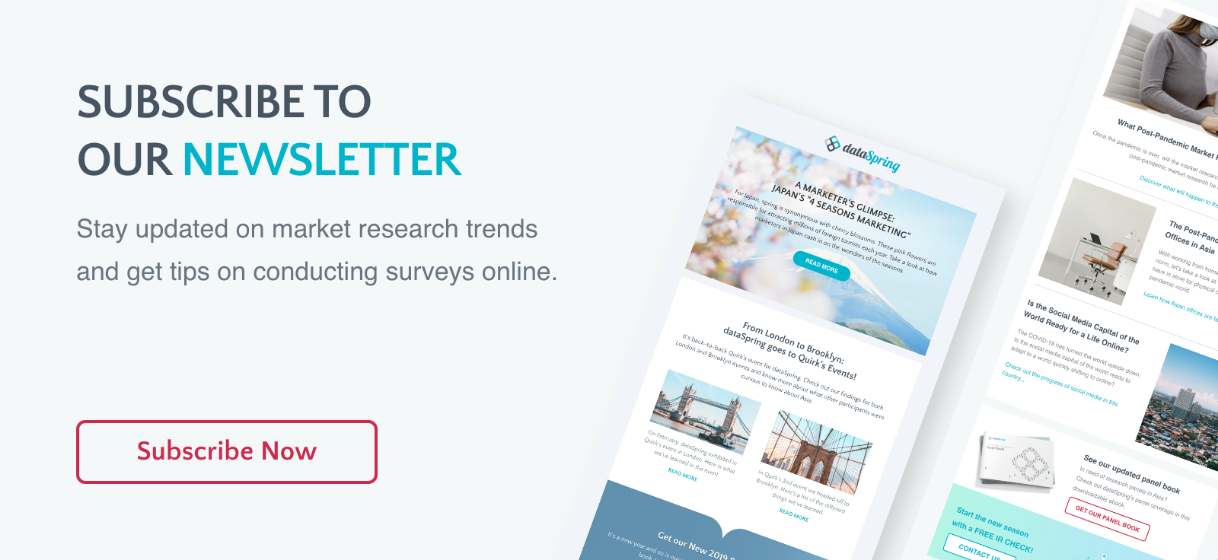
Chatbots, helpful (or annoying) little web or mobile programs designed to mimic human conversations, have been around for years.
Deployed for customer service, self-help, knowledge sharing, and other applications, early versions were often as frustrating as automated phone trees. They clumsily looked for keywords in order to supply information. But if the human part of the conversation went 'off-script' the bot could not respond.
Recently however, advances in artificial intelligence (AI) and natural language processing (NLP) have enabled chatbots to make it difficult for people to distinguish if they are having a conversation with a bot or a human.
So, what does this have to do with market research? For a long time, research was a conversation, either face-to-face or over the telephone. Online and mobile moved the industry toward a self-administered model, more closely mimicking pencil and paper surveys. Chatbots have the potential to put the conversational element back into the survey taking process.

The Chatbot Survey Experience
Just like mobile questionnaire design, structuring a chatbot survey will require rethinking the survey process. Messenger-type chats between humans or between bots and human are generally short, truncated and to the point, designed to convey information. This is counter to the direction online market research has been heading, with longer, more complicated surveys being deployed. But the industry is beginning to recognize the importance of respondent experience as cooperation rates fall.
Organizations like the Japanese Market Research Association (JMRA) have issued new guidelines in an effort to help enhance the survey taking experience (see the blog entry Understanding Questionnaire Design in Japan).
SNS and Chatbots
A chatbot-powered survey experience would have the potential to be a much more 'enjoyable' experience for a respondent. Michigan State University and YouGov recently experimented with using Facebook's Messenger chatbot to conduct a consumer electronics survey.
The experiment used identical surveys using a Messenger bot and a traditional online survey. In deference to the chatbot platform, the survey used a series of Yes/No questions regarding the intent to purchase consumer electronics and follow-up open-ended questions.
Those who completed the survey via the Facebook Messenger chatbot rated the overall survey experience significantly higher than those who took the web-based survey on a mobile device. This would seem to speak to the ease and intuitive nature of the interface.

When to Use Chatbots for Your Research
From a data collection standpoint, chatbot-powered research will have limitations. Just as the mobile interface is not well-suited to many of market research's staple question types (eg., matrix, sliders, lists), chatbot research through a messenger-type app will suffer the same limitations. Advanced methods such as conjoint, max/diff, and trade-off will also continue to be run through traditional online methods.
One area that chatbots seem particularly suited for are mass qualitative studies. Using the power of natural language processing, bots would have the ability to probe deeply, closely resembling a human moderator.
And in fact, an AI programmed bot would actually 'learn' by using the gathered data and statistics to generate more intuitive probes. In addition, chatbots would never miss a chance to probe or ask a follow-up question, as a tired human may.
Chatbots also have interesting applications for shopper marketing, diary studies, and experiential research. Instead of deploying a question and answer survey while a respondent is shopping or engaging in a behavior, a chatbot could have a 'conversation' during the experience, recording all the thoughts and emotions as they happen.
Final Thoughts
So, are chatbots the future of market research? Yes! But they will be a part of the future, not 'The' future of market research. Just like every new data collection technique (even phone research was once considered new!) the chatbot will force the industry to adapt and adopt, ultimately providing researchers and consultants with another tool for the toolbox.
For more insights on market research trends, check out our Eye on Asia page.


 Download Panel Book
Download Panel Book


